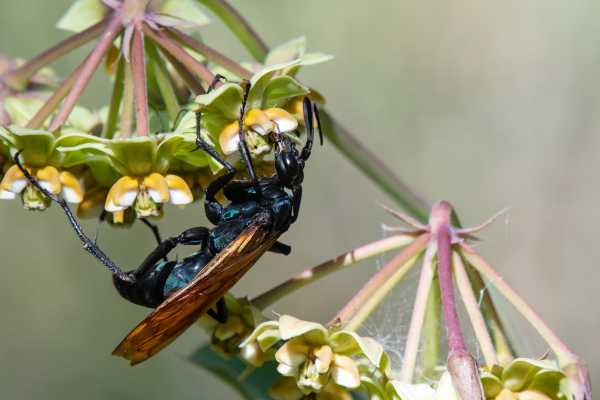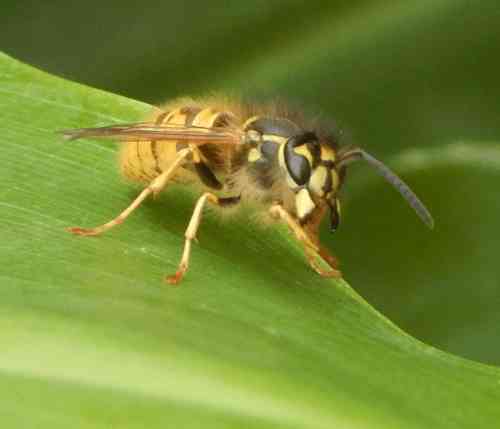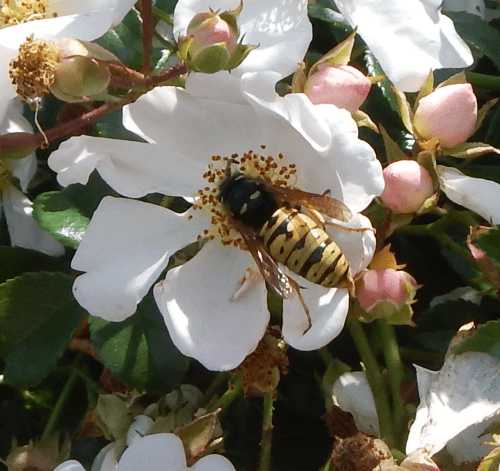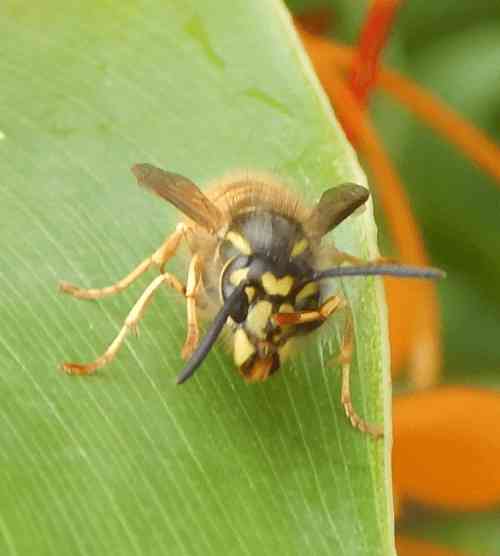Wasp / Yellowjacket Stings
A yellowjacket sting or wasp sting can be a painful experience, although usually, it is no more that a minor incident and rarely causes a serious, lasting problem.
The exception to this is when a severe allergic wasp sting reaction - or even anaphylactic shock is caused (which is generally rare – anyone aware that they have an allergy to stings should carry an Epipen at all times).
What is a wasp stinger like?
Wasp stingers are smooth and more like bumble bee stingers, which are also smooth, where as honey bee stingers, which are barbed.
For this reason, in the event of a sting, there is no stinger
to remove, as is the case with honey bees. Read more about bee stings.
Yellowjacket stings
are also chemically slightly different to those of hornets and bees – that is, they
are chemically different for each insect, although venoms for hornet,
bee and wasp stings may contain similar protein and enzyme constituents.
Furthermore, bee stings are a little more acidic than wasp stings.
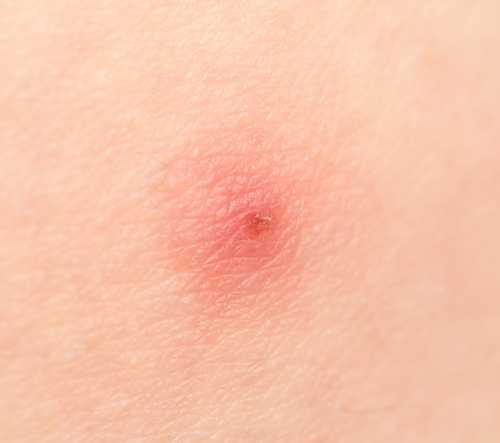
Most Risky Time Period
A yellowjacket
sting is more likely to occur during the late summer or early autumn,
when the nest is getting crowded, and they are eager to feed.
Some yellowjacket species are specifically predators of other invertebrates, whilst other yellowjacket species are scavengers.
Worker wasps of the scavenger-type forage for food for developing larvae in the form of other insects and insect grubs. However, the adult worker wasps largely rely on a sweet substance secreted by the young, developing larvae.
Thus, when all the larvae have developed into adults, the workers must find an alternative source of food. This is when they become more interested in fruit, drinks, refuse bins and so on. They are very keen to feed, but in actual fact, the colony is now in demise.
They may
sting when they perceive a threat, so it is important to try not to
panic around wasps, and avoid waving arms around, since this action can
encourage or annoy the wasps.
During the early phase of the
colony development, it is believed that stings are less likely to occur -
the colony is still growing, there are fewer wasps, and the wasps
themselves are focused on establishing the colony. See wasp life cycle.
Repelling wasps
To prevent stings, consider using a deet free repellent, such as one containing Picaridin.
Deterring aerial-nesting wasps from building a nest
For this you could try using a Waspinator. I tend to recommend them because they are very easy to use, and act as an actual deterrent (rather than having to deal with the problem once a nest is already in place). You may be able to make one, but on the other hand, they are not very expensive, and should last a while.
Read more about how to natural bee and wasp deterrents.
The Sting
As with bees, male yellow jackets cannot sting – only females are able to.
As well as being used as a weapon against any perceived threat, female wasps use the sting to paralyze prey (aphids, insect larvae), which they will then feed to their own off spring.
The sting also doubles up
as an ovipositor (egg laying organ).
What Should You Do If You Are Stung By A Wasp (Or A Bee)?
In the event of a yellow jacket sting, read my page about wasp sting treatments, first aid and prevention. This page gives advice for treating yellow jacket stings, with a number of useful tips for preventing them – especially useful if you have young children.
However, if you have been stung in a sensitive area such as near to the eye, nostril, in the ear, or in the mouth, go to the hospital immediately.
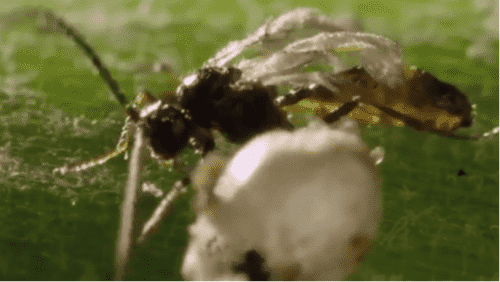
Body Snatcher Wasps!
Why are farmers turning to wasps to help them control crop eating pests?
If you found this page helpful or interesting, I'd really be grateful if you would share it with others - if not this page, perhaps another, such as Gardening For Bees.
Thank you so much :) .
